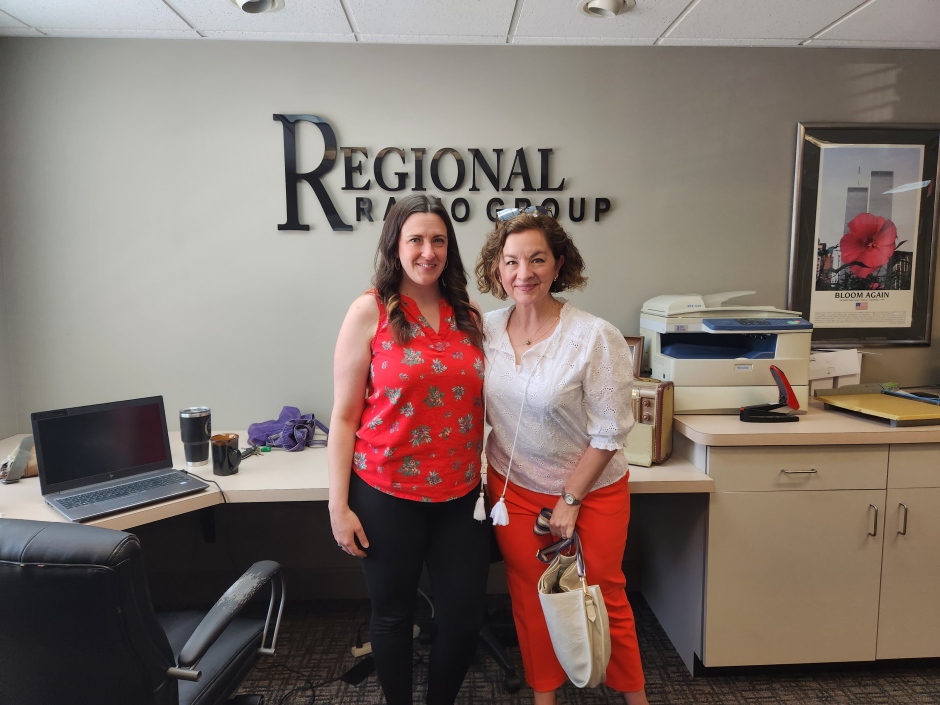Great business owners are like octopuses. Surprised? But consider … octopuses are intelligent. They are skilled at solving problems. They are strong. They are flexible. They respond rapidly to their environment. And, with their eight arms – which contain an astonishing two-thirds of their total neurons – they can multitask in a truly enviable way! The octopus, however, does something with those eight arms that many business owners neglect. The octopus lets go.
Successful business owners are successful in large part because they, like the octopus, can do many things at once and do them very well. For instance, they can be great at making decisions and solving problems, innovating products and delivering services, capturing sales and building relationships, and more. The problem arises as the business grows: at some point, business owners cannot – and should not – do it all. If business owners insistently keep their “arms” in every area of the business, they ultimately end up limiting the success and sustainability of their treasured company.
Holding On Is Holding You Back
Here is a common scenario. A business owner has built a robust company, and the number of products, services, employees, customers, etc. have all expanded over time. In like manner, the leadership team has expanded. Finance, Sales, Marketing, Operations, and all the other functional areas are represented by men and women who are great at what they do.
The problem? They aren’t given the opportunity to show how great they really are.
Sure, they handle day-to-day matters. Even some strategic issues. But the big decisions, the vision, the direction, the goals, the planning … all of that is controlled by the owner. His or her “arms” are everywhere at once. Touching everything. Evaluating everything. Claiming everything. Leadership team meetings may have dialogue. The team members’ input may be requested. But the unspoken truth is that they are not a “leadership team.” They are a group of men and women who are there to carry out the intentions and decisions of the owner.
Unsurprisingly, this type of situation is self-limiting for multiple reasons. These include:
- Lack of scalability. A business owner – like an octopus – can do a lot with his or her “arms.” However, at some point, there’s just too much to do over too wide an area. When that juncture is reached, growth stops unless the owner lets go and lets others start doing what they were hired to do.
- Lack of leaders. Leadership team members who are great at what they do want the opportunity to use their expertise and abilities. If the owner is preventing that because of his or her need for control, these great people will leave the company for better opportunities elsewhere.
- Lack of succession. Most business owners want to retire eventually. However, when they do, they want the business they worked so hard to build up to thrive. How is that to occur if they have always kept their “arms” in everything and have not permitted other leaders to put into practice their full skills and capabilities?
Why don’t business owners follow the octopus’ example and let go? Ninety-nine percent of the time, it comes down to this: a desire for control and a lack of trust. Now, this does not make the business owner a “bad” person. Incredibly kind, generous, caring, fantastic people may be reluctant to let go. After all, the business is their brainchild and represents years of intense effort and even sacrifice. It’s hard to trust others with something so precious! But releasing control and trusting others is necessary for the long-term health and well-being of the business.
5 Steps to Pull Back Your “Arms”
If you are a business owner who needs to pull back some of your “arms,” here are five steps to help you let go:
- Engage in self-reflection. Ask yourself why you want to keep your “arms” in everything, how that is hampering forward progress, and what needs to change.
- Cast a new vision. Cast a new vision for yourself and the company; a vision that highlights a healthy, engaged, active leadership team capable of bringing the business to new heights as a result of their combined abilities.
- Give change a real shot. Saying something needs to change is one thing – doing it is another. So, take a deep breath and start to put in place new ways of interacting with and trusting your leadership team to help you run the business.
- Accept that change is uncomfortable. As you let go, your “arms” will get twitchy, guaranteed! Keep them pulled back. Being uncomfortable is part of the process.
- Cultivate a positive outlook. Believe that letting go will bring positive change and that the future is going to be even better than the past!
Remember, you have done a great job as a business owner bringing your company to where it is today. In the process, you undoubtedly learned new skills to overcome obstacles. Letting go is simply another skill. When you truly understand how letting go will help overcome obstacles that are preventing your business from continuing its upward trajectory, it will become easier to retract your “arms.” Once you do, there is no limit to the success your business can achieve!
Do you need help in letting go? Contact me today:
I’ll work with you and your leadership team to move toward an outstanding future!










